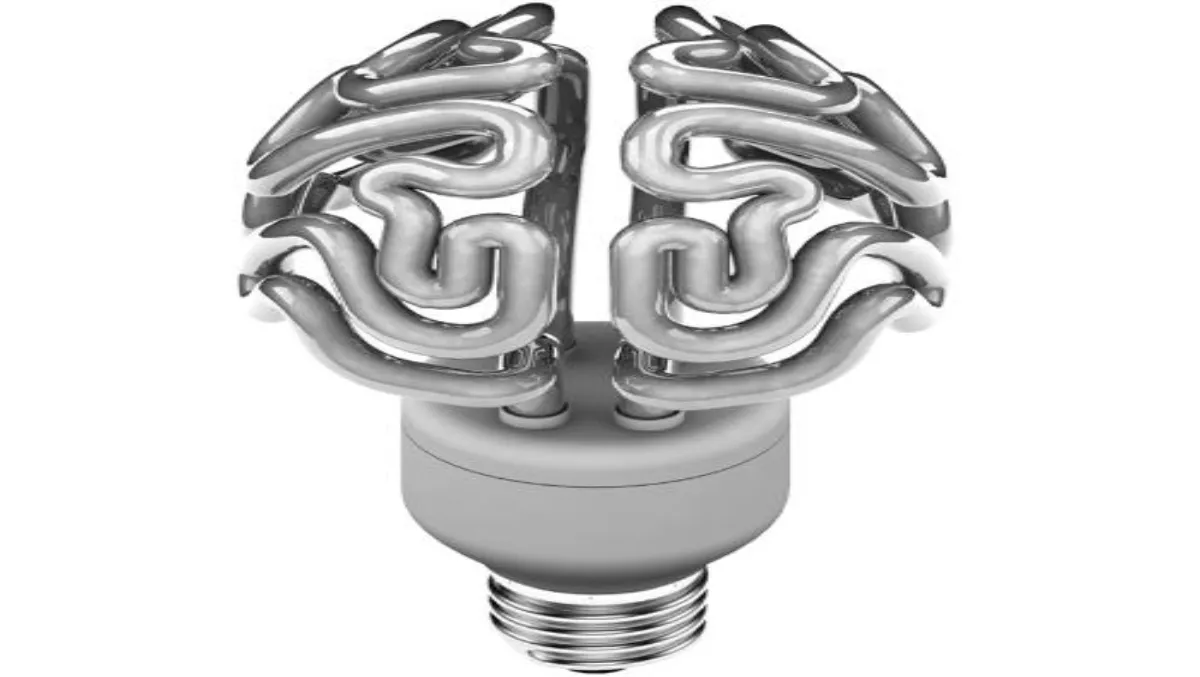
A Mind of its own
There is no doubt that 2010 has been the year of the cloud. Cloud computing has steadily gained momentum to become the biggest trend in the IT sector at present. It is a fantastic concept, and one that has been discussed within the print industry for a long time as a breakthrough that could potentially change the printing process for good. The wireless printing landscape is no longer the future of printing, but is instead the world we operate in right now. Canon, along with a small number of the other major print providers, is working to not only embrace the new technologies, but also to become a catalyst for a change in how the end user interacts with print technology and software. Organisations are continually looking at ways to bolster business efficiency and as such, computing and printing on the go is becoming the norm. The key focus for print providers will be integration. Canon software developers, for instance, have created a free internet-based application that works with our imageRUNNER ADVANCE range of MFDs and allows scanning and printing through the cloud. It also provides seamless integration with other leading cloud services such as Microsoft SharePoint Online and Google Docs.Wireless print solutions that can be commanded through any number of wireless networks or email instruction are beginning to hit the market and enable greater flexibility and collaboration. Furthermore, online functionality of Multi-Function Devices (MFDs) is becoming one of its main focal points. It is an information gateway in the modern workplace, a secure output device, an on-ramp for captured information and a hub for information being distributed via the internet.Software such as uniFLOW - an output manager recently introduced to New Zealand by Canon which allows users to print documents anywhere from a remote LAN or email - is a good example of the shift in focus towards providing a truly wireless, print-anywhere solution. Where data for printing in off-site locations used to be carried by mobile storage devices such as USB sticks and laptops, documents are now accessible for print by a simple email instruction to any MFD managed by the uniFLOW software. Users can manage the print via computers, smartphones and other handheld devices. It is a system that cuts out the possibility of files corrupting through transfer, the hassle of finding storage to move the document and, because uniFLOW has a genuinely universal multi-brand driver, there is no concern over compatibility between computer and the MFD/printer.This is particularly relevant to organisations with large numbers of people printing from different locations, such as universities. Canon has recently implemented its uniFLOW solution at one of New Zealand’s leading tertiary education institutions to give students greater control over how they manage print between their personal computers and the campus. Students can now login and send their assignments and research securely to the MFDs on campus. Once on campus, the student identifies themselves at the device which then releases and prints the stored job.While the benefits of wireless print are obvious, as with cloud computing, providers have had to look at ways of addressing perceived security issues. Software makers like uniFLOW creators NT-WARE have developed advanced security options to restrict print access to selected users and ensure sensitive information is well contained. Security options can also allow multiple users to print individual jobs from various locations as in the case with the tertiary provider, where users can encrypt each document with a unique password before sending it to the cloud. Such security capabilities are a draw card for larger organisations operating across multiple locations.The way companies operate in New Zealand has changed significantly over the past decade. With staff often spread out geographically or often on the road, standard printers are becoming redundant. As demand grows, we are going to see a flurry of cloud computing solutions hit the market and print providers will need to move with the times or risk being left behind.

